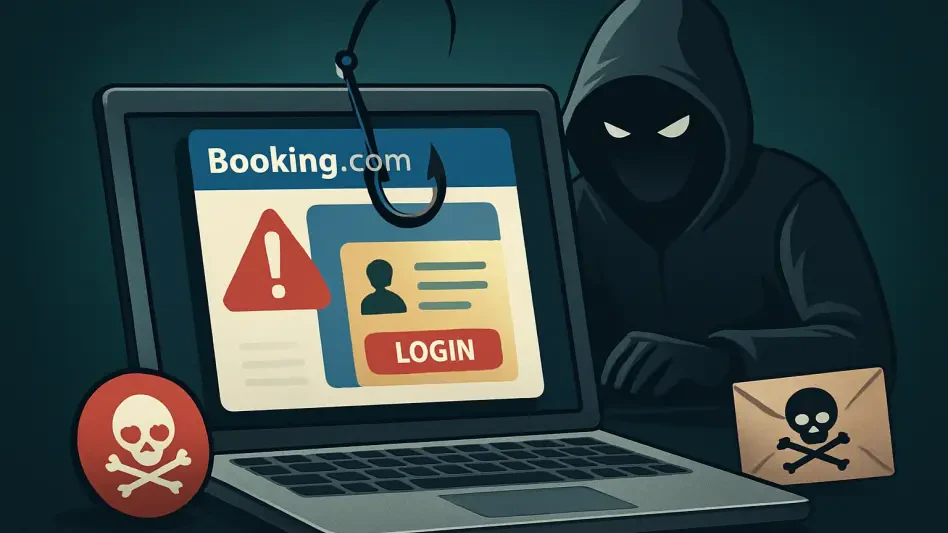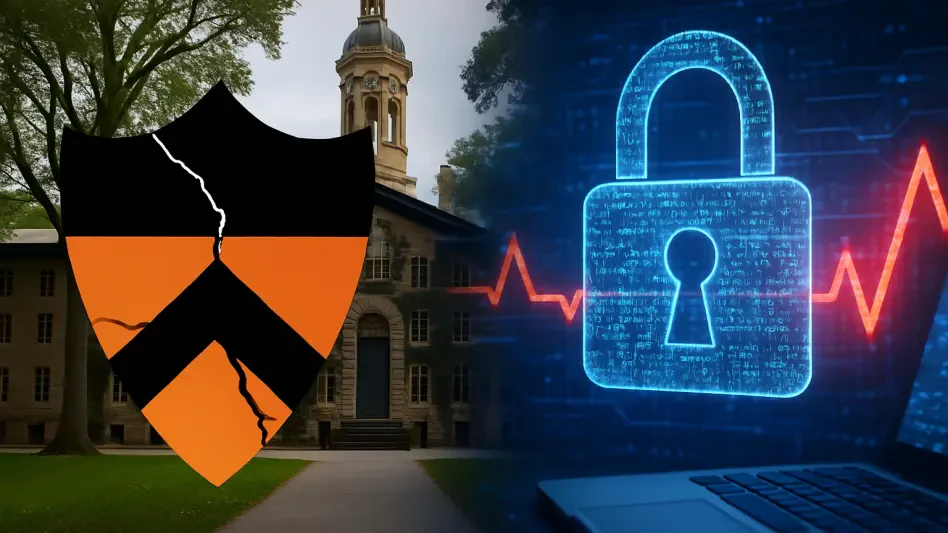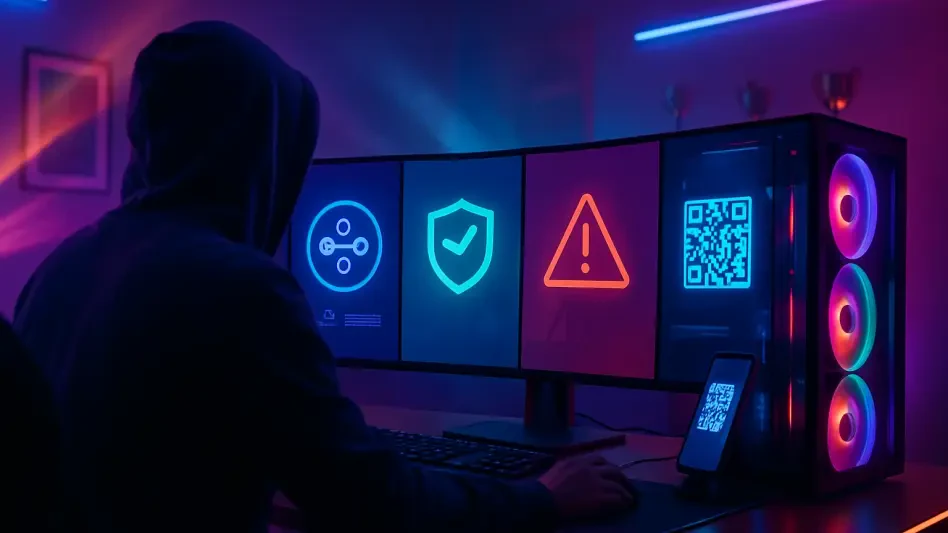In today’s rapidly evolving digital landscape, organizations are increasingly recognizing the importance of human risk management within cybersecurity practices. This shift reflects a growing understanding that human behavior significantly impacts cybersecurity outcomes, necessitating a human-centric approach. While traditional approaches to cybersecurity focused predominantly on technology and policies, modern strategies emphasize aligning these with core human values such as autonomy, equity, trust, and fairness. Consequently, cybersecurity is no longer an isolated IT responsibility but has become an essential organizational endeavor, vital for driving growth and empowering employees.
Evolution of Cybersecurity
From IT Responsibility to Organizational Endeavor
Cybersecurity has matured from being solely an IT problem to a fundamental element of organizational strategy. This evolution underscores the necessity of treating cybersecurity as a collective responsibility rather than a niche technical issue. With cyber threats becoming more sophisticated, organizations are integrating cybersecurity into their broader corporate learning programs. This approach not only addresses potential threats directly but also empowers employees by sharpening their skills in identifying and mitigating risks. By embedding realistic threat scenarios, such as social engineering tactics or deepfakes, into training sessions, companies transform potential vulnerabilities into enriching learning experiences for the workforce.
Educating employees about cybersecurity transforms the workplace into a resilient environment, where each individual plays an active role in safeguarding digital assets. This educational evolution focuses not only on reactive measures but proactively turns cybersecurity awareness into a core component of job performance. Employees equipped with the knowledge and tools to identify security threats become valuable defenders against evolving threats, significantly enhancing organizational resilience. This collective endeavor positions cybersecurity as a growth catalyst by fostering an empowered and informed workforce, marking a paradigm shift in how cybersecurity integrates with organizational development.
Continuous Learning and Empowerment
Integrating cybersecurity into continuous learning processes exemplifies the new-age approach towards human risk management. Rather than viewing cybersecurity training as an occasional or compliance-driven necessity, organizations now emphasize continuous education as a pivotal aspect of their cybersecurity strategy. This sustained focus aligns with the broader organizational commitment to empowering employees through knowledge and skill development. By fostering a culture of continuous learning, employees remain agile and adaptable, prepared to respond to the evolving landscape of cybersecurity threats.
Continuous learning in cybersecurity functions as both a defensive and offensive strategy. Employees not only become adept at identifying potential security breaches but also contribute to developing innovative security measures. This empowerment through education cultivates a proactive mindset, turning cybersecurity into an enabler of growth rather than an operational hurdle. Organizations embracing this model witness transitions where employees move beyond mere compliance, actively participating in shaping and enhancing the cybersecurity culture. This continuous knowledge acquisition not only enhances job satisfaction and employee engagement but also drives the enterprise toward a more secure and innovative future.
Friction as a Strategic Catalyst
Minimizing User Burden While Maximizing Value
Effective cybersecurity programs meticulously balance user experience with security obligations. The challenge lies in minimizing user burden while maximizing security value, ensuring an effective yet unobtrusive security culture. Friction, when strategically applied, can enhance the overall user experience by intelligently encouraging secure behavior practices. Rather than imposing rigid security measures that frustrate users, a well-designed approach employs friction to subtly guide users toward secure practices, fostering a security-conscious workforce without compromising user satisfaction.
The strategic application of friction transforms it into a tool for encouraging secure behavior changes, thereby reinforcing the cybersecurity infrastructure. For instance, two-factor authentication, when implemented with user convenience in mind, can serve as a gentle nudge toward adopting secure authentication methods. This balance ensures that security measures complement everyday user requirements, enhancing the collective security responsibility across the organization. By addressing user concerns thoughtfully, organizations cultivate a security-conscious culture, where employees naturally incorporate secure practices, driving value within the everyday operational framework.
Embracing Secure Practices Through Intentional Design
A human-centric cybersecurity approach integrates behavior-influencing designs to naturally foster secure practices within organizations. Intentional design leverages subtle behavioral nudges that guide employees toward making secure choices, enhancing both the individual and collective security posture. These designs often delicately integrate intuitive security measures into routine tasks, ensuring seamless compliance without overwhelming users. By streamlining security processes and focusing on user experience, these approaches cultivate an environment where secure actions are effortlessly integrated into daily workflows.
This balance of security and usability serves as a cornerstone for fostering security-aware cultures, where proactive and informed employees contribute to a unified security mission. When organizations embed secure practices into routine tasks, the result is a harmonious coexistence of security and productivity. This approach transcends mere compliance, fostering environments where the organization and its employees grow collectively. Intentional design, therefore, serves as a linchpin in human risk management, transforming individuals into active participants and collaborators in the cybersecurity landscape.
The Future of Human-Centric Cybersecurity
Human Empowerment and Organizational Growth
The shift towards a human-centric cybersecurity model heralds a transformative opportunity for enhancing organizational growth. By prioritizing human behavior and embedding security into the fabric of the workplace, organizations unlock the potential for holistic growth and development. Human-centric models highlight the intersection of security and empowerment, driving organizational expansion through a security-first mindset. This perspective transforms cybersecurity into a business enabler, seamlessly aligning with organizational goals rather than remaining a peripheral function.
As cybersecurity evolves, its role in facilitating growth becomes increasingly apparent. Organizations adopting human risk management initiatives effectively bridge the gap between security imperatives and business objectives. By nurturing a culture that values individual contributions toward security goals, companies secure their digital assets and harness cybersecurity as a powerful driver of innovation and competitiveness. This paradigm shift encourages a sustainable approach to digital security, positioning organizations to not only protect themselves from threats but also leverage cybersecurity for future advancements and opportunities.
Integration into Daily Operations
In the swiftly advancing digital era, businesses are increasingly acknowledging the critical role of human risk management in cybersecurity strategies. This change underscores a deeper comprehension that human behavior profoundly influences cybersecurity outcomes, prompting a need for a human-focused approach. Traditionally, cybersecurity concentrated mainly on technology and established policies. However, current strategies now stress the importance of integrating these components with fundamental human values like autonomy, equity, trust, and fairness. As a result, cybersecurity has transcended its former status as a purely IT concern to become an essential organizational endeavor. This shift is crucial for fostering growth and empowering employees within the organization. By embracing a comprehensive understanding that includes human elements, companies are better prepared to tackle the multifaceted challenges of cybersecurity in today’s digital landscape, ultimately supporting a more secure and innovative business environment.








